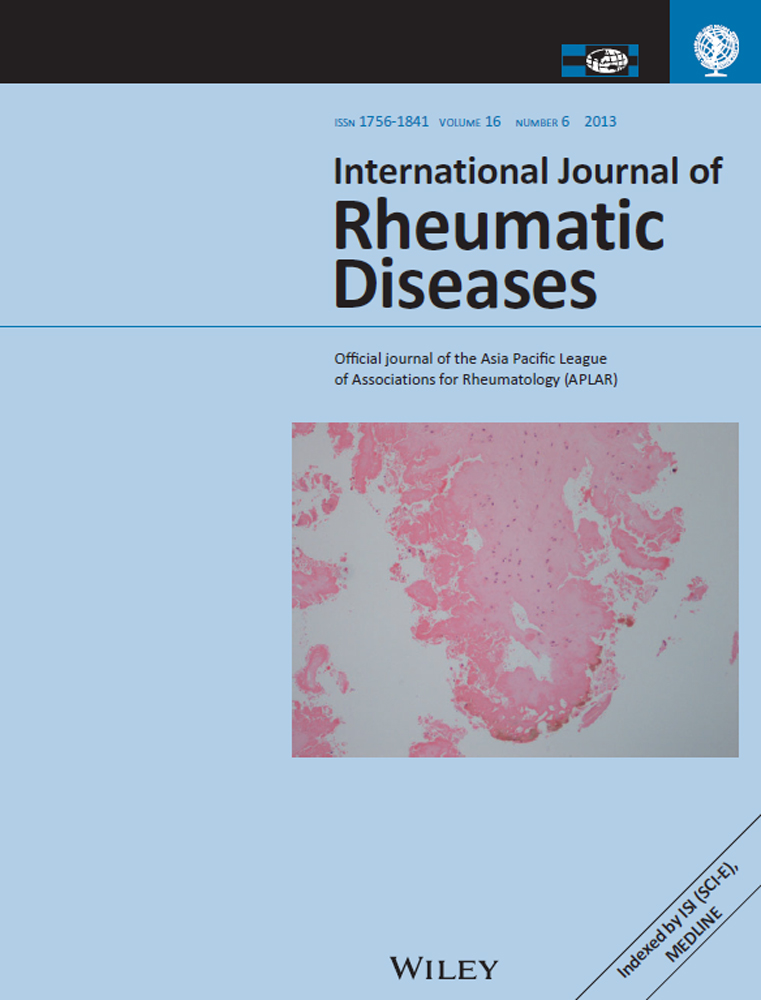Long-term outcome of biopsy-proven lupus nephritis in Iran
Abstract
Introduction
This study was conducted to evaluate the survival of patients with lupus nephritis (LN) in two different lupus clinics in Iran.
Methods
This was a retrospective cohort study covering 82 patients diagnosed with biopsy-proven LN hospitalized between 1994 until 2010. Demographic, clinical, laboratory, therapeutic and end-point data were collected. Renal biopsies were categorized according to the 2004 classification of the International Society of Nephrology/Renal Pathology Society (ISN/RPS). Survival plots, univariate and multivariate Cox regression analyses were applied.
Results
Female/male ratio was 65/17. Mortality rate was 6.1% (five patients). Fifty-five (67%), 18 (22%), and four (4.9%) patients had complete/partial remission, chronic renal failure (CRF) and end-stage renal disease (ESRD), respectively. Renal biopsies showed 0, three (3.7%), 18 (22%), 58 (70.7%), two (2.4%) and 0 patients with ISN/RPS classes I, II, III, IV, V and VI, respectively, and one patient (1.2%) with mixed class (IV and V). The 5, 10 and 15 year survival rates for living patients were 97%, 92% and 69%, respectively. When CRF, ESRD and death were considered as one category of poor patient outcome, the 5, 10 and 15 year survival rates for remission were 87%, 47% and 35%, respectively. Multivariate analysis demonstrated the following independent protectives against poor outcome: class II nephritis (hazards ratio [HR] = 0.67; 95% confidence interval [CI], 0.57–0.85), class III nephritis (HR = 0.002; 95% CI, 0–0.036) and time passed since SLE diagnosis (HR = 0.006; 95% CI, 0–0.1).
Conclusion
Survival rates of Iranian patients with LN were comparable with those of developed countries.




